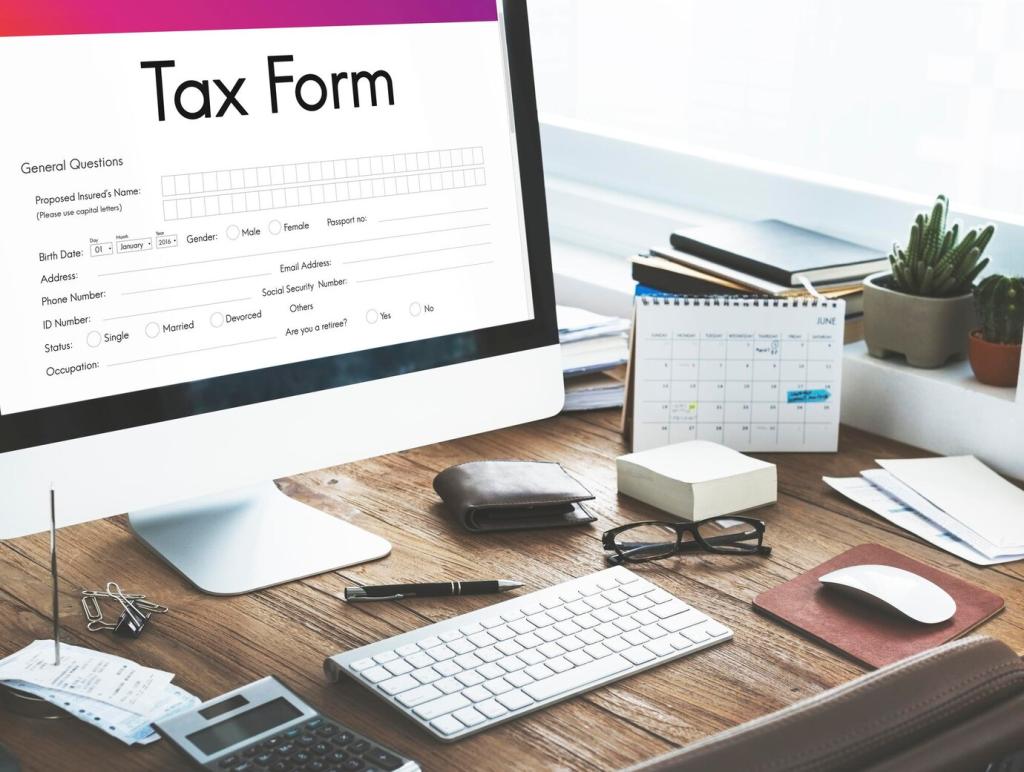Allowable vs. Disallowable: Spending That Truly Reduces Tax
Costs must be incurred solely for your trade. Salaries, software subscriptions, and hosting typically qualify. Mixed‑use items demand careful apportionment. Keep notes on purpose and benefit when you book expenses.
Allowable vs. Disallowable: Spending That Truly Reduces Tax
Client entertainment is generally disallowed for Corporation Tax. Fines and penalties aren’t deductible either. Train your team, tag these costs separately, and avoid relying on guesswork when margins are tight.







